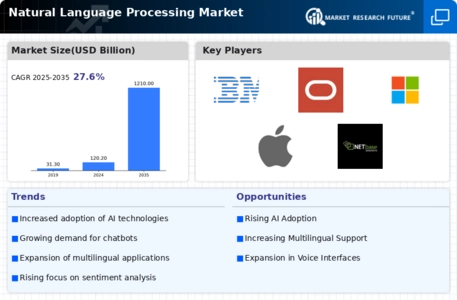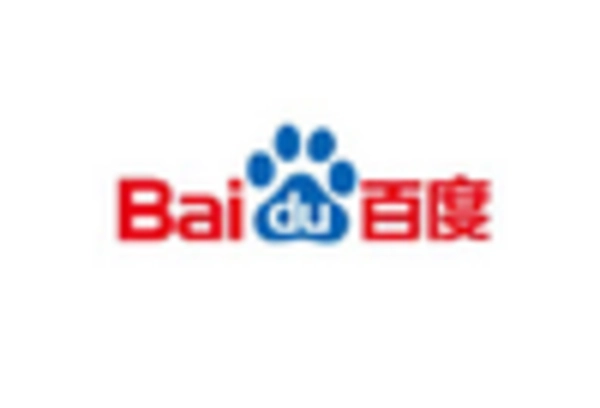By Region, the study provides market insights into North America, Europe, Asia-Pacific, and the Rest of the World. The North American natural language processing (NLP) market is anticipated to expand at a significant CAGR during the study period, accounting for USD 21.68 billion in 2021. The region dominates AI and machine learning technologies, making it one of the key marketplaces for natural language processing technologies. Further, the prevalence of key market participants in the U.S. drives innovation in the region subsequently fueling the natural language processing market growth.
Regional governments are also increasingly encouraging the use of AI, ML, and NLP technologies, which is allowing market participants to expand their presence in the region.
Figure 3: Natural Language Processing Market Share By Region 2022 (USD Billion)

Source: Secondary Research, Primary Research, Market Research Future Database, and Analyst Review
The European natural language processing market is the world's second-largest due to the rising cloud computing adoption among enterprises in Europe. According to the European Commission Organization, around 42% of European enterprises have adopted cloud-based services in 2021 and are proliferating. Such an increase in the adoption of cloud services is expected to strengthen the market growth. The improved focus and increased spending on IT infrastructure are expected to drive the growth of the NLP market in the UK. The government has also laid high emphasis on new software.
France is increasing its focus on developing artificial intelligence through regular investments, attracting new consumers. This will likely have a positive impact on the growth of the NLP market.
Moreover, companies such as Facebook and Google are planning to invest in expanding and creating new facilities related to AI in Paris, bolstering the adoption of NLP. Further, the German NLP market held the largest market share, and the France natural language processing (NLP) market was the fastest-growing market in the European region.
The Asia Pacific natural language processing market is expected to grow at the fastest rate of CAGR during the forecast period. The growth is attributable to increasing smartphone usage, rapid technological advancements, the digitalization of economies, and government initiatives in developing countries from the region. Furthermore, this region holds leading positions in cutting-edge industries like robotics and has a strong IT infrastructure, software, and service offerings. These factors would create profitable growth prospects for the market.
The regional dominance in the semiconductor industry also helps the companies gain a position in the NLP market, as many NLP chips and hardware manufacturers are Asia-based. Moreover, China’s natural language processing market held the largest market share, and the Indian NLP market was the fastest-growing market in the Asia-Pacific region.

















Leave a Comment